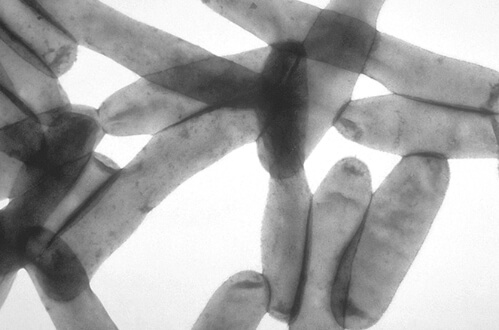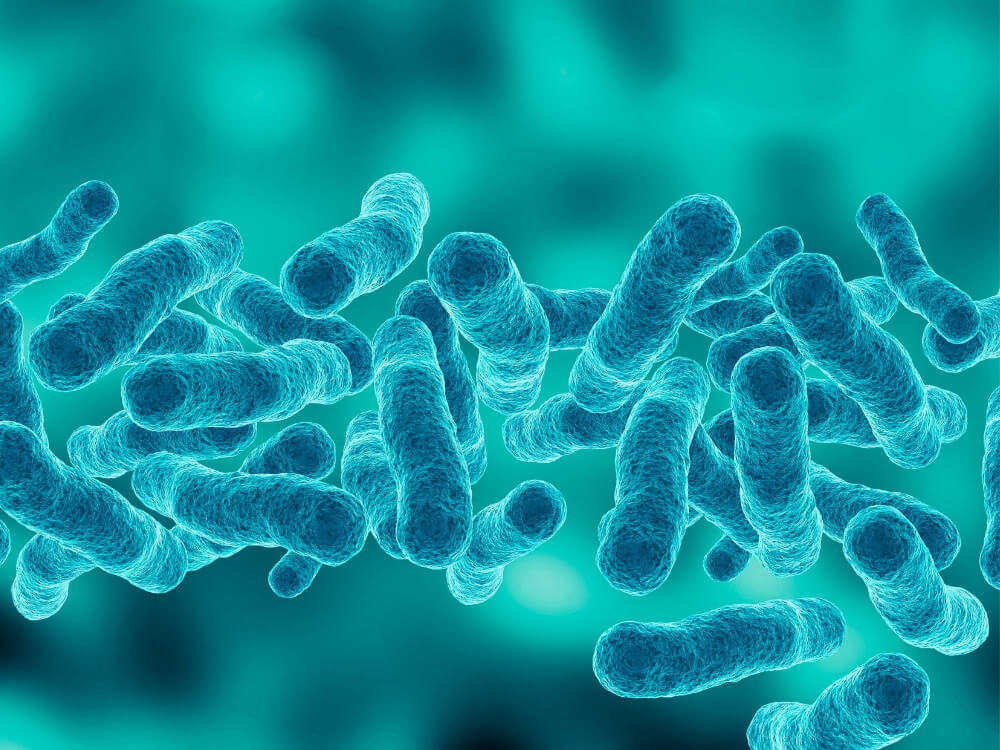What is Legionella?
Legionella is a form of bacteria that is commonly found in natural and artificial water systems, such as cooling towers, hot tubs and potentially any system that contains water. All man-made hot and cold water systems can provide an environment in which Legionella can grow if not managed correctly. In poorly managed systems the bacteria may also multiply in more favourable conditions, thus increasing the risk of exposure.

What are the risks of Legionella?
The presence of Legionella can cause Legionnaires’ disease: a severe form of pneumonia that can cause fever, cough, and shortness of breath. The disease is caused by the inhalation of water droplets containing Legionella bacteria. Although everyone is susceptible to infection the risk increases with age, but some people are at higher risk, eg people over 45, smokers and heavy drinkers, people suffering from chronic respiratory or kidney disease, diabetes, lung and heart disease or anyone with an impaired immune system
Further reading: What is Legionnaires’ disease? [Legionella Explained]
What is a Legionella Risk Assessment?
A Legionella risk assessment is the source of information when implementing an Action Plan in addressing the control measures of Legionella within the premises.
The assessment will identify potential sources of Legionella bacteria growth, as well as assess the risk of Legionnaires’ disease. The assessment includes an evaluation of the water system, its maintenance and operation and an analysis of the exposure risk.
Risk assessments should be conducted by a trained professional and involve the consultation of the building manager, who can provide necessary site information on how the building is used and occupied.
Do I need a Legionella risk assessment?
If you are responsible for the upkeep and maintenance of your premises, you are under a legal obligation to carry out a Legionella risk assessment. You must also keep a record of the assessment if your business has five or more employees.
The Legionella risk assessment is the first step in legionella compliance, however, following the assessment, any identified risks must be removed if possible, or reduced to as low as reasonably practicable (ALARP) in Legionella remedial works and the ongoing risk of Legionella must be continually controlled and managed. This includes carrying out consistent Legionella monitoring to ensure the control measures you have put in place remain effective.
How to prevent Legionella
One of the most effective ways to prevent the presence and growth of legionella is to conduct regular maintenance and monitoring of your water system. This includes:
Be sure to descale and disinfect shower heads and hoses and flush out infrequently used outlets (including shower heads and taps) This should be done weekly.
For cold water systems, the tanks should be cleaned as and when necessary, unless the tank feeds drinking water outlets, where it needs cleaning annually and sampling every 6 months to ensure the water is fit for drinking.. For hot water systems, the Calorifiers should be inspected internally, where there is no inspection hatch, purge any debris in the base of the calorifier to a suitable drain.
Control the water temperature
Legionella multiply in water temperatures between 20°C and 45°C,making keeping a controlled water temperature in both hot and cold water systems essential.
Monitor water quality
Sampling for Legionella in hot and cold water systems is not normally required, unless your system is operating outside of the control parameters, where sampling should be undertaken until the system is brought back under control. Annual sampling could be seen as good practice to ensure the control measures you have in place are being effective.
Minimise risk
Ultimately, the best way to minimise the growth of Legionella is to consider the risk in all aspects of the water system design. This can be:
- Remove any redundant plant or pipework so no water can stagnate
- Ensure your system is properly designed for the usage, any tanks should be suitably sized so they are turned over once every 24 hours during normal use.
- Adequate pipe and tank insulation
- Use WRAS approved materials that minimise the growth of Legionella
- Educate employees on the risks of Legionnaires’ disease and how to reduce the risk of exposure
LCA Registered
By adopting the above prevention methods, you can reduce the risk of Legionella proliferation as well as the risk of Legionnaires’ disease. However, if you require any assistance in carrying out Legionella risk assessments, remedial works and monitoring, we are LCA registered and therefore well placed to assist our clients.
 ASBESTOS REGULATION COMPLIANCE CHECKER
ASBESTOS REGULATION COMPLIANCE CHECKER 0191 419 3116
0191 419 3116 contactus@franksportlock.co.uk
contactus@franksportlock.co.uk








